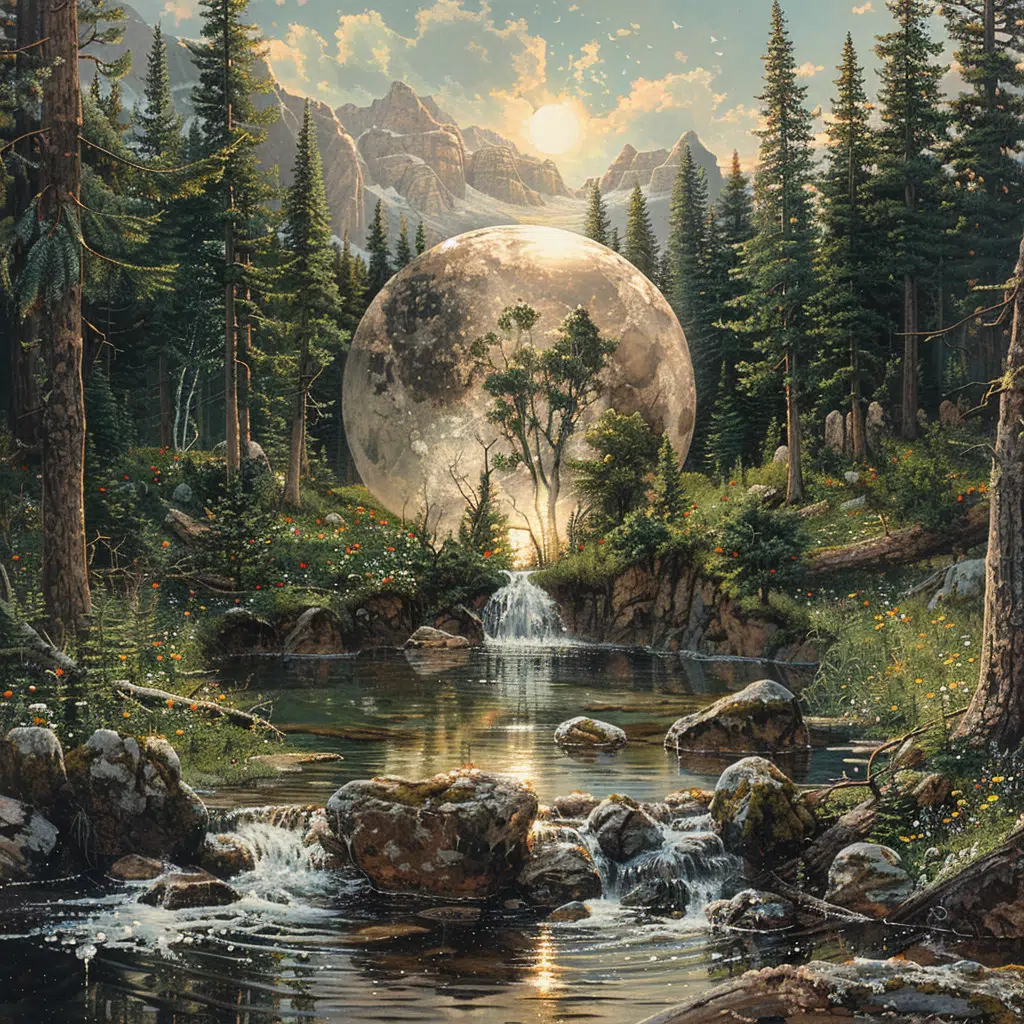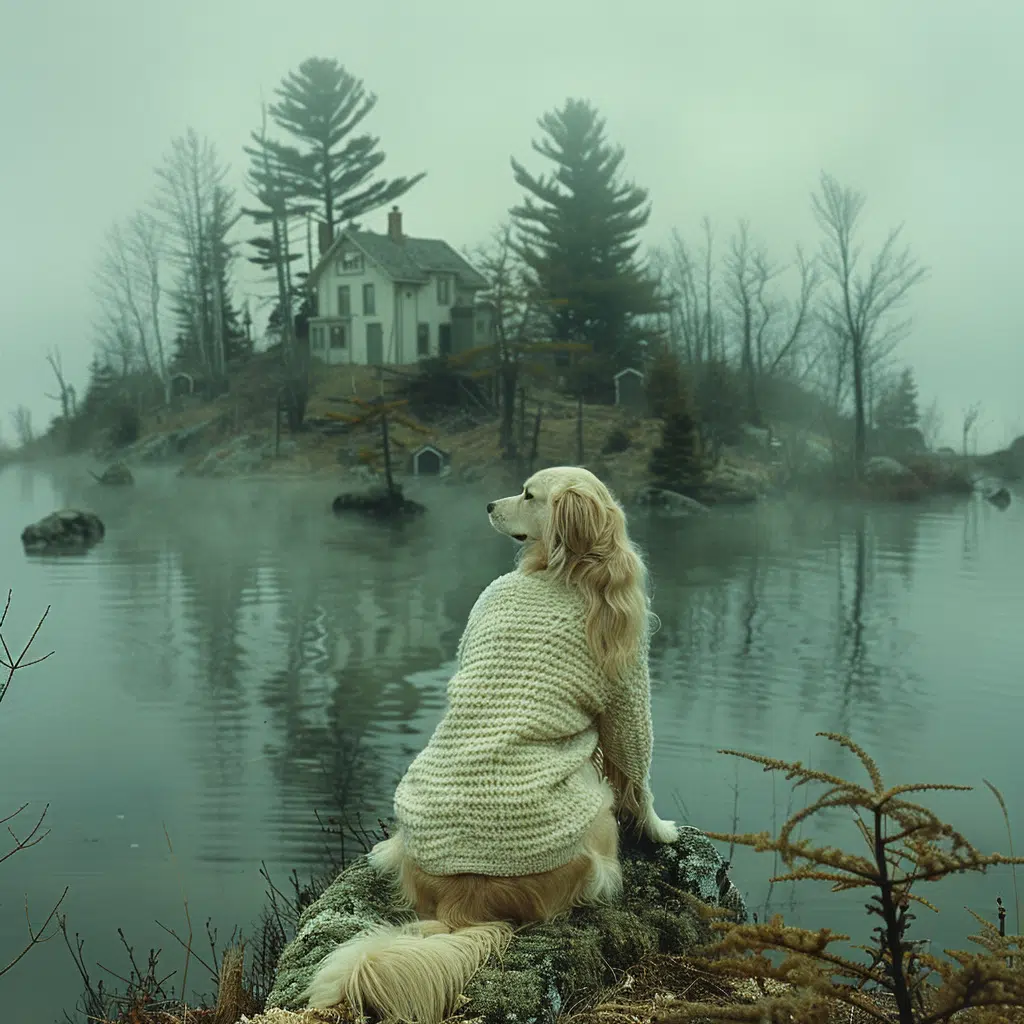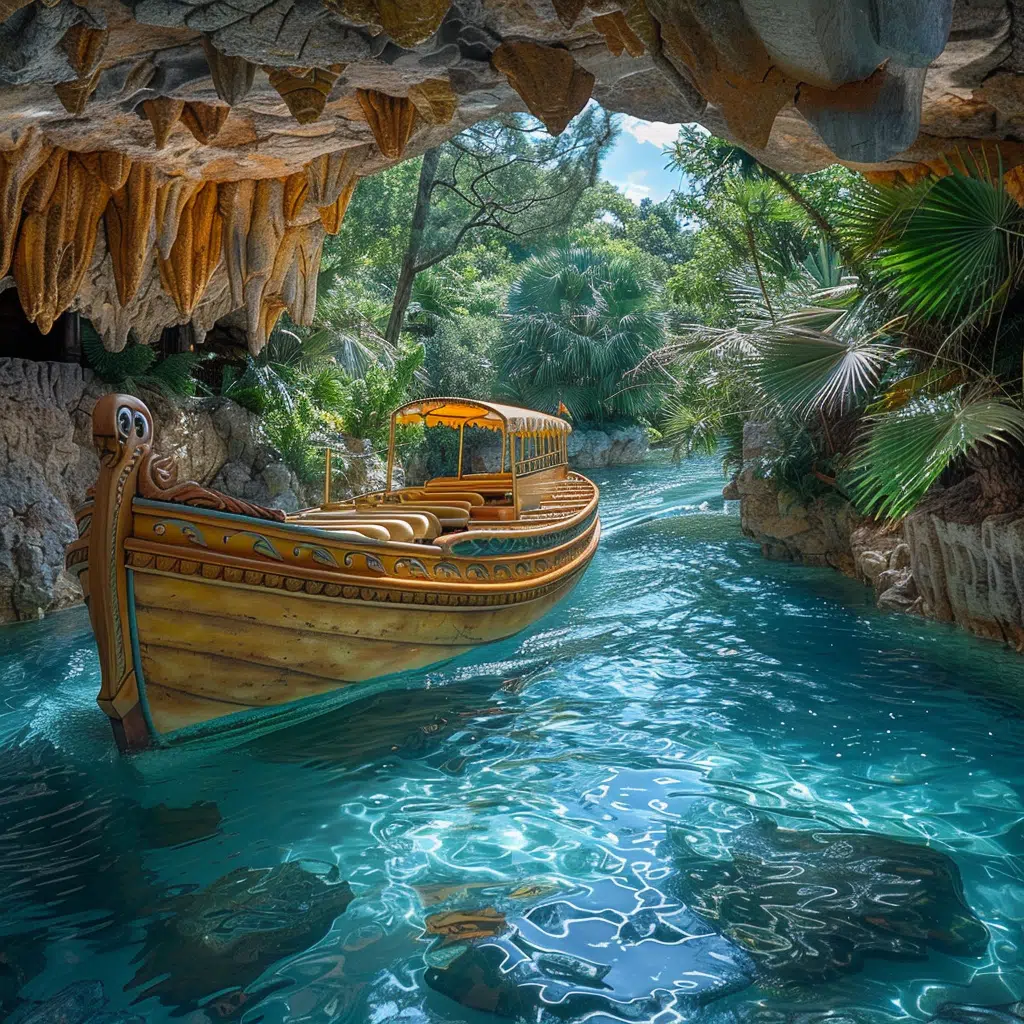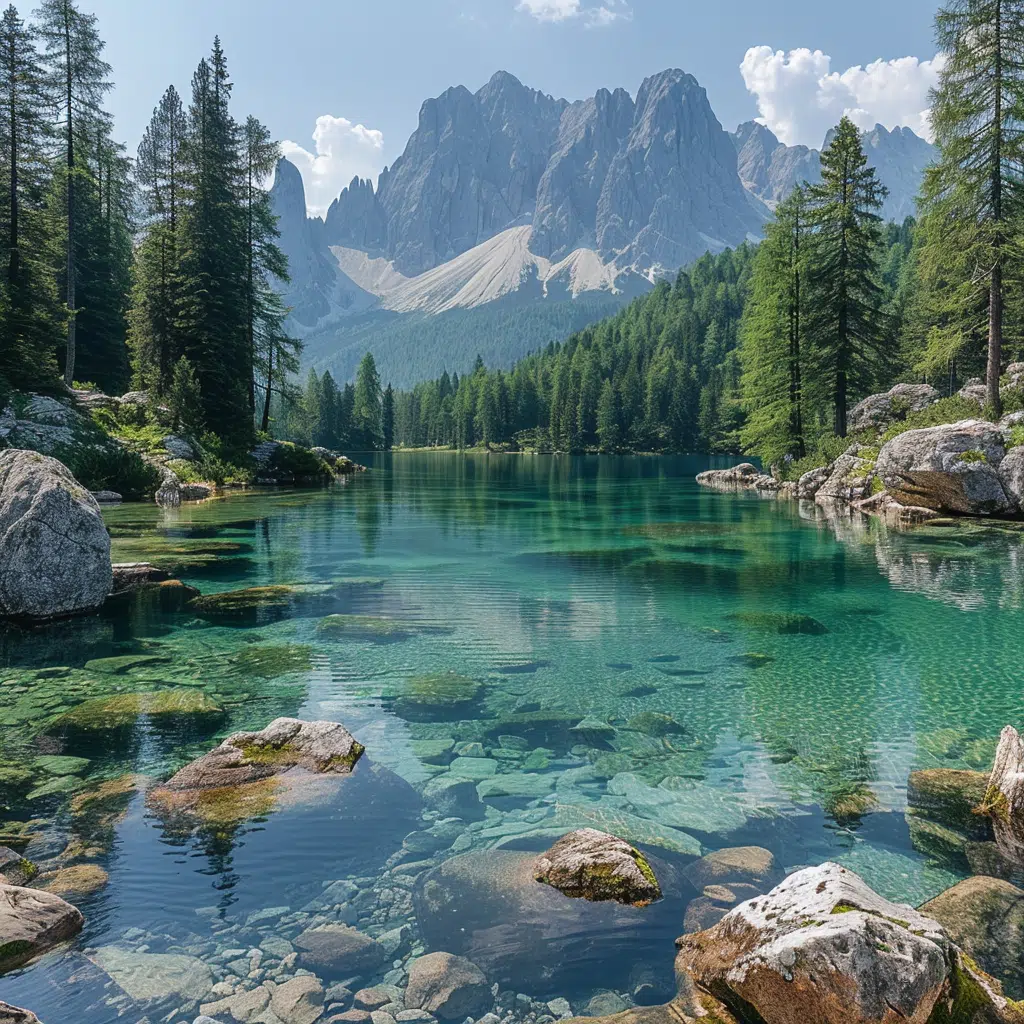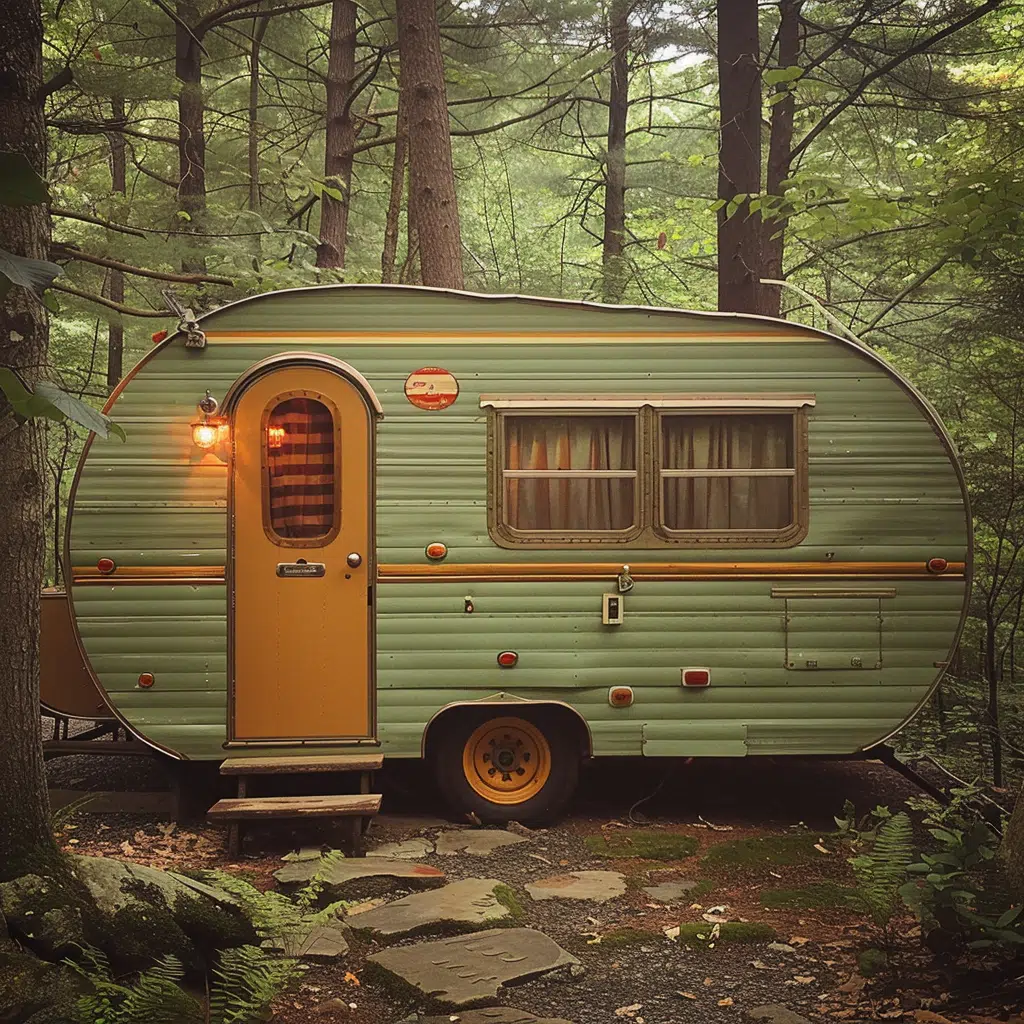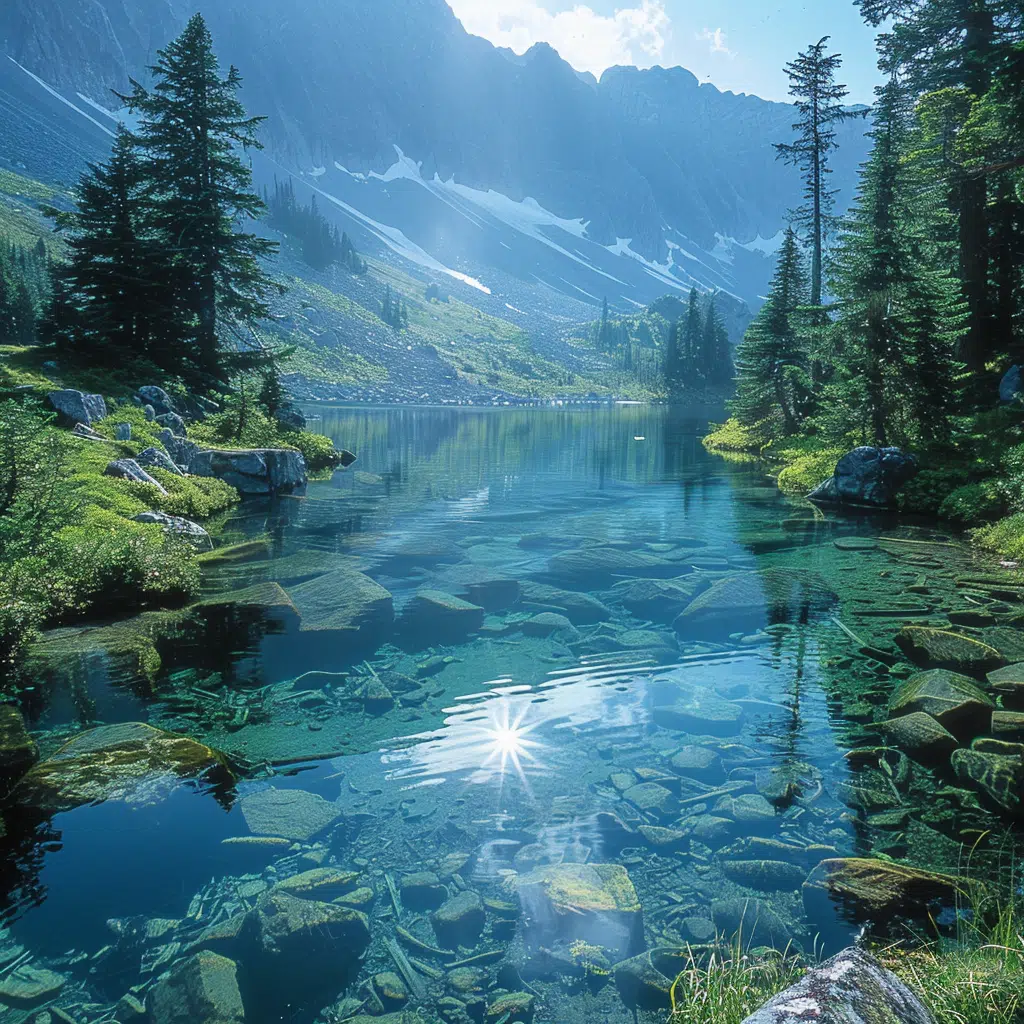Amid the arid desert landscapes commonly associated with Arizona, it’s almost inconceivable to think about this state under a blanket of frosty white snow. Yet, mother nature is never one to be boxed in by our limited imaginations. There are indeed moments when she whimsically adorns Arizona’s desert blush with winter’s chilly kiss. These intriguing instances of Arizona revealing an unconventional face through episodes of Arizona snow serve as the inspiration behind this insightful deep-dive into this rare winter spectacle.
Unveiling the Rarity: Arizona Snow Episodes
A glance at Arizona’s historical weather records unveils surprising instances of the ‘snow in Arizona’ phenomenon. Predominantly associated with scorching summers and cacti, Arizona has had trace amounts of snow recorded numerous times, painting an enchanting picture reminiscent of a fantasy dreamscape.
The Arizona snow season typically spans from mid-December to mid-April, often interjected with unexpected snowy intervals in areas below 2000 feet, such as the major snow episode on December 6, 1998. These fascinating instances of winter in the desert result from unique weather patterns, including cold fronts from the north and occasional moisture from the Pacific Ocean.
Nevertheless, such occurrences have become more frequent lately, as global climate changes seem to nudge Arizona’s typical weather patterns off-kilter. These recent episodes further underscore the bizarre yet beguiling spectacle of Arizona snow.
Decoding the Science behind Arizona Snow
Contributing to ‘snow in Arizona’ are geographical features, with the state’s mountainous regions experiencing frequent snowfalls indicating the topographical impact on climatic conditions.
Noteworthy among the various meteorological elements impacting this irregular phenomenon are the critical climate patterns of El Niño and La Niña. These ocean-atmosphere interactions are notorious for inciting variations in weather patterns across the globe, with La Niña contributing cold, dry winters while El Niño brings warmer, wetter conditions.
The resultant climate imbalance helps foster the rare Arizona snow, reiterating the interconnected nature of our earth’s intricate climatic tapestry.
| Arizona Snow Facts | Details |
|---|---|
| :———————–: | :——————————————————————————————————————————————————–: |
| Snow season timeline | Mid-December to mid-April |
| Records of trace amounts of snow | Numerous occasions recorded |
| Most recent significant snowfall below 2000 feet | December 6, 1998 |
| Geographic region of most recent significant snowfall | Over the northwest half of the valley |
| Winter duration in Arizona | Early December to late March |
| Earliest recorded dusting of snow | October |
| Latest recorded snow persistence | Up to June |
| Average snowfall in a typical winter | Over 75 inches (1905 millimeters) |
A Statistical Review: Quantifying Arizona Snow
Reviewing half a century’s worth of snowfall data sheds light on historic trends of snow in Arizona. As the climate shifts worldwide, so too does Arizona’s snowfall pattern, with data indicating a considerable increase in annual snowfall compared to past decades.
On average, Arizona records around 75 inches of snowfall in a typical winter. The correlation between global climate shifts and these increasing snow occurrences in Arizona suggest a more complex climatic dialogue than meets the eye.
Forecasts hint at a future where the state could potentially witness extremes of weather, including heightened Arizona snow incidents, caused by the ever-evolving climate changes.
A Closer Look at the Flora and Fauna: Snow’s Effects on Arizona’s Ecosystem
As unexpected as the arrival of snow in the desert is the impact it has on the state’s vibrant biodiversity. Arizona’s unique flora and fauna respond intriguingly to the anomalous winter conditions, as seen in their adaptation strategies.
Snow substantially influences Arizona’s ecological balance, posing cons like restricted mobility for certain wildlife, while the pros include providing a much-needed water supply following winter’s end.
More research into specific species and their responses to this unusual phenomenon is necessary for broader ecological insights. For example, a Jon Voight article detailed the adaptability of desert tortoises, showing a fascinating case of wildlife adjustment to extreme weather conditions.
Snowbound Arizona: Impact on Human Life and Infrastructure
A sudden downfall of snow in Arizona has profound implications for its humans and their infrastructure. Communities scramble to adapt to the chilly transformation, oftentimes employing yoga Blocks to brace doors against a snowy gust or using sand in lieu of traditional road salts to melt ice.
Personal stories from locals about this winter switch contribute significantly to understanding how residents experience and engage with this rare phenomenon. Further exploration is needed into how infrastructure can adapt to handle future anomalies.
The Silver Lining: Embracing the Economic Benefit of Arizona Snow
Despite the challenges it poses, Arizona’s snow episodes have a silver lining too. The unexpected snowfall has proven to be a boost to local tourism, with visitors flocking to witness and experience the surreal spectacle of a snow-laden desert. Businesses have seized this opportunity to create winter-themed attractions and activities, even leveraging popular winter gear like Croc Slides as part of their promotional campaigns.
Echoing this sentiment, a timely article on the best time To go To Cancun proved that unusual weather phenomena could bolster tourism during atypical seasons.
Coping and Preparing for the Future: Arizona’s Response to Climate Anomalies
Arizona, despite its climate vulnerabilities, remains firm in its response to these climatic aberrations. Government agencies have implemented measures to manage these extreme weather events, including establishing emergency preparedness plans.
The state has also focused its efforts on climate education and awareness, working to instill a better understanding of these weather anomalies within the community. Their objective is not merely to cope with these changes but to adapt and remain resilient in the face of future climatic deviations.
The Last Snowflake: A Final Reflection on Arizona Snow
In reflecting on the complexities surrounding Arizona snow, one realizes how this unconventional weather episode impacts life, the environment, and the economy. It is a testament to nature’s unpredictability but also serves as a compelling reminder of our evolving climate patterns.
Threading together these disparate yet interconnected narratives, we gain a fresh perspective on Arizona – a state veiled in desert warmth and adorned, albeit rarely, in winter’s surprising embrace.
The rare glimpse of a snowflake falling in Arizona is not just a weather peculiarity but a captivating tale of climate science, ecology, and human adaptability. As the final snowflake melts into the warm Arizona soil, we are left with a sense of wonder, both at the inexplicable beauty of nature and the resilience of the world we inhabit. With this knowledge, we can begin not only to comprehend this intriguing phenomenon better but also become cognizant of the ever-evolving rhythm of our global climate.
Ultimately, Arizona is more than just its snow – it’s about the desert and mountains, the flora and fauna, the communities, and their hushed whispers of change.
Does Arizona have snow?
Well, you bet, Arizona does have snow, especially in the northern and mountainous areas! You wouldn’t think it, considering it’s most famous for its deserts.
What areas in Arizona get snow?
Now, if you’re eyeing a white Christmas in Arizona, I’d head to Flagstaff, Prescott, or the Grand Canyon. These spots get a fair share of powdery inches each winter – so pack the snow boots!
When last did it snow in Arizona?
The last time it snowed in Arizona? Just this past winter, actually! Even in the desert, Mother Nature can have her fun.
Does it snow heavily in Arizona?
Arizona’s not known for its blizzards, but when she decides to pile it on, she goes all out. The northern areas can get some serious snow dumps!
When did it last snow in Phoenix?
Phoenix, on the other hand, isn’t exactly a winter wonderland. The last time snow was seen there was in 2019 – quite the rarity!
Has Phoenix ever snowed?
Oh, Phoenix has indeed flirted with snowflakes a few times. But on average, it only happens once every couple of decades.
How often does Phoenix get snow?
When it comes to snow in the Grand Canyon, it’s a sight to behold! Yes, it does snow there – sometimes even in what you’d call the warmer months!
Does it snow in Grand Canyon?
Now, over in Las Vegas, they don’t get much of the cold stuff. But hey, when it does – it’s like hitting the jackpot for snow-loving Vegas residents!
Does Las Vegas get snow?
Weird as it sounds, Florida has indeed seen a smattering of snow. But it’s like spotting a unicorn, it’s a rare occurrence.
Has it ever snowed in Florida?
In terms of a chills factor, the coldest Arizona ever gets is around -40 degrees Fahrenheit at Hawley Lake. So, keep those mittens handy!
What is the coldest it gets in Arizona?
Sedona, pretty as a picture, does get snow. Usually melts away pretty quick though with that warming sun.
Does Sedona get snow?
Nope, Arizona isn’t the coldest state by a long shot. You’d have to head up north for that title – Alaska wears the icicle crown!
Is Arizona the coldest state?
Looking for a snow globe city in Arizona? Flagstaff wins hands down! It’s lovingly known as Winter Wonderland for good reason.
What is the snowiest city in Arizona?
Blizzards in Arizona? Not exactly a dime a dozen. When they do come around, they sure are a sight to see.
Does Arizona get blizzards?
Arizonian winters? Well, they’re as varied as can be! From mild sunny days in south to snowy blankets up north, they’ve got it all.
What are winters like in Arizona?
Arizona gets its snow mostly from November to March. So, guess you could call it a snowbird’s paradise!
What months does Arizona get snow?
Although temperatures plunge in winter, it doesn’t necessarily mean snow. That typically falls from December to February in parts of Arizona.
What months does it snow in Arizona?
Arizona winters can be downright cold, especially in the northern and high altitude areas. On average, it can drop to well below freezing!







